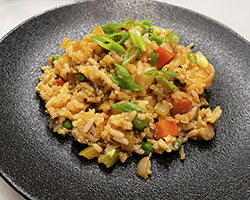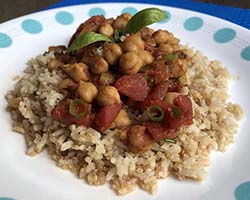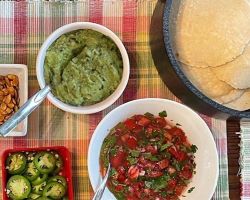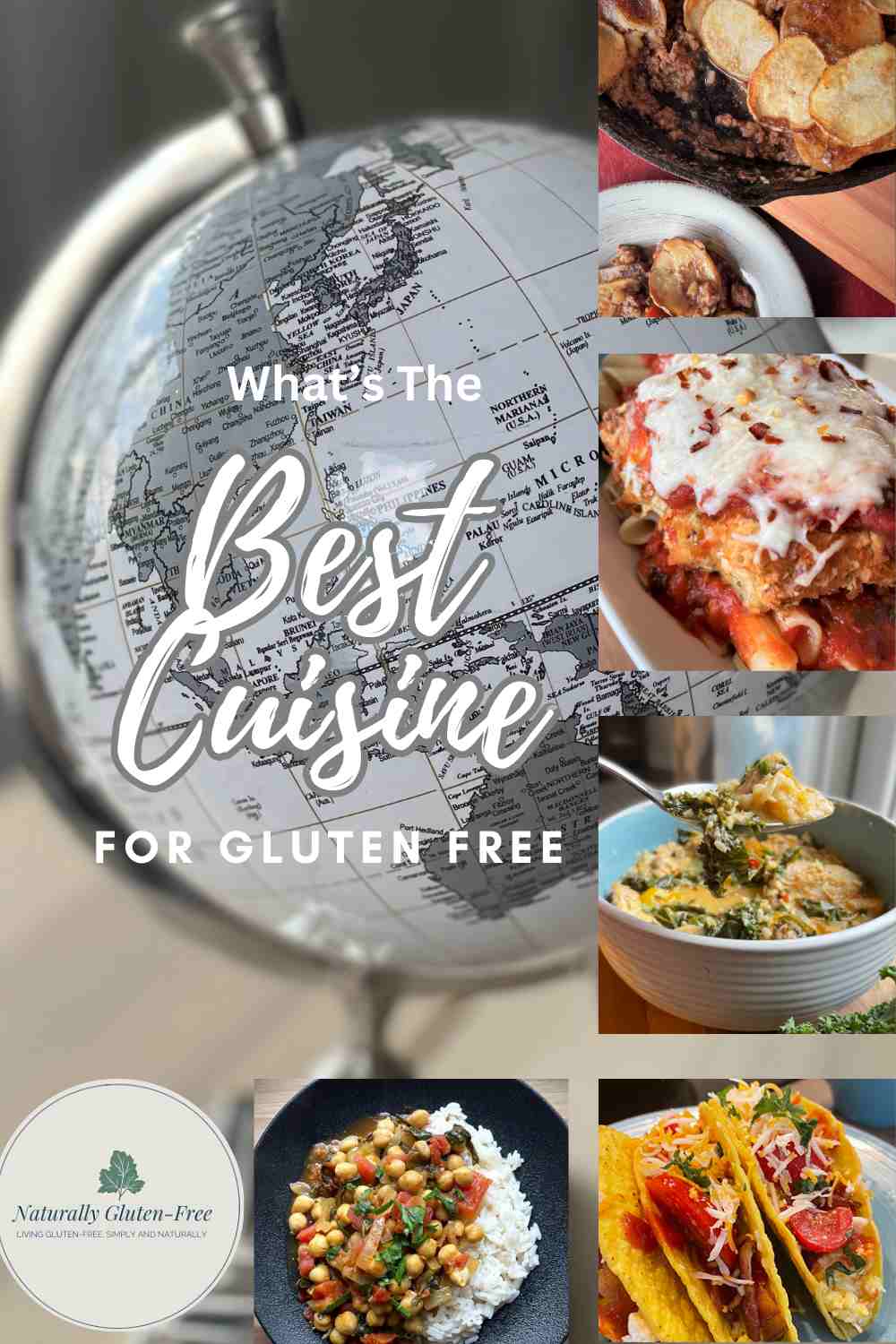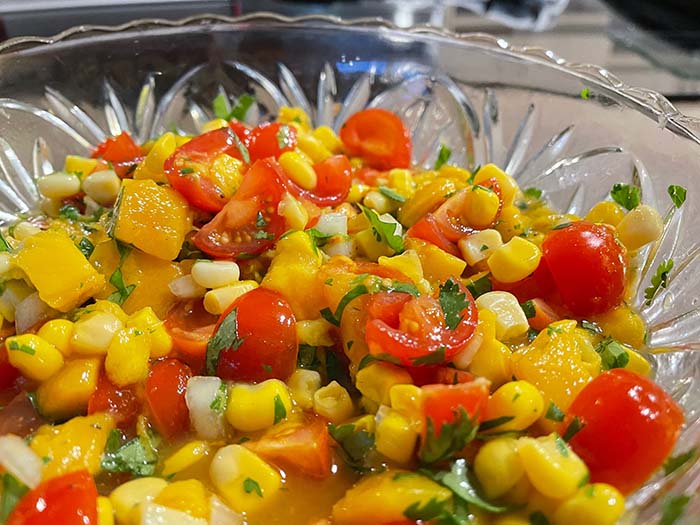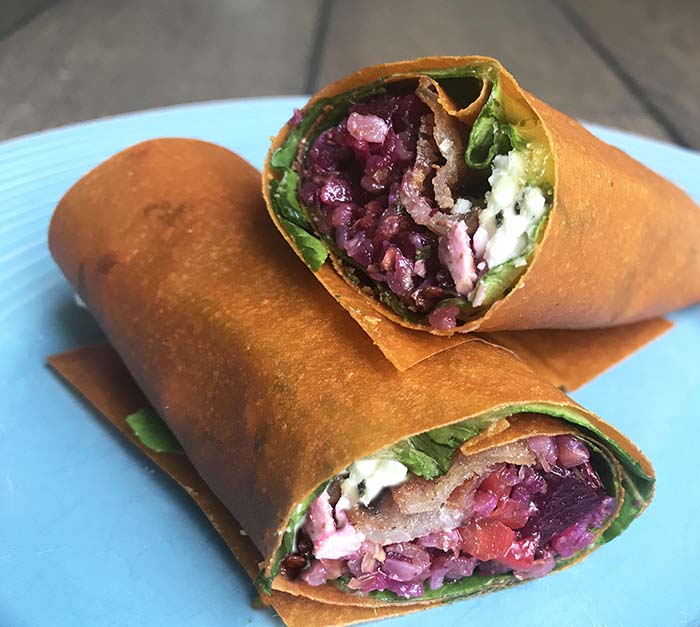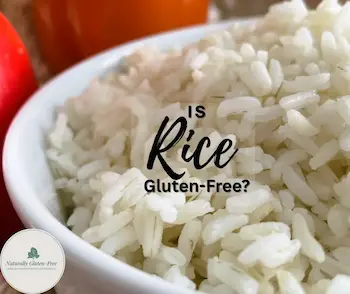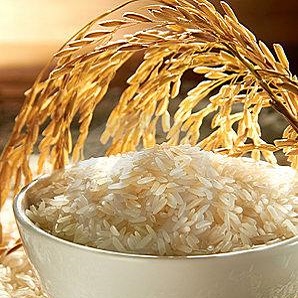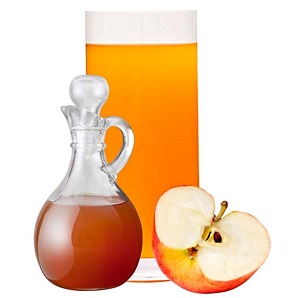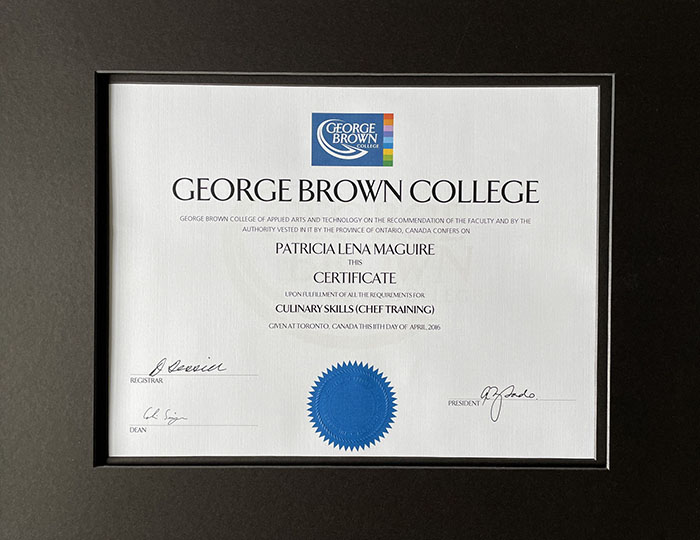- Home
- International Cuisines
The Best Cuisine for Gluten Free: Exploring the Flavors of the World
Do you sometimes feel like your dining options have been dramatically reduced since going gluten free? I did, until I remembered how vast this planet is and how varied the cuisines of the world are. So, let’s take a journey together and find the best cuisine for gluten free.

Do you want recipes to make at home or a restaurant for a night off from cooking? Either way, international cuisines are a treasure trove of gluten free finds. Why is that? Many foods from around the world revolve around gluten free grains like corn, rice or teff and many feature wholesome whole foods like vegetables, fruits, and meats.
Take Mediterranean cuisine with it's focus on whole foods and heart healthy olive oil. Or Asian which is rice based with flavor profiles that vary from aromatic and spicy to mild and subtle. Did someone say sushi? Mexican food is corn based. Indian food features chickpeas, lentils, rice and potatoes. The star of African gluten free is Ethiopia with it’s traditional injera made from teff. Hop across the ocean for a smokey slow cooked South American Barbecue. Then there's Caribbean, Tex Mex and other Americana Options. Even here in the Great White North we have Canadian favorites that are gluten free.
What’s the Best Cuisine for Gluten Free?
Are you ready to dig deeper? Once we've taken a little culinary tour of the world, I think you’ll agree that there isn’t a best cuisine for gluten free. It all depends on the flavors you love and the mood you’re in today. Did you think your gluten free diet meant a life sentence of bland and boring food? Well, you're about to discover a gastronomical adventure.
This is not an exhaustive list but a tiny taste of a few of my favorites that have become common in North America. Click on a photo to take you to the region of your choice. There I’ll make suggestions of what to order, link a few recipes and give you some things to watch out for.
Asian cuisines like Chinese, Thai and Japanese center around rice, which is a gluten free grain. The flavor profiles vary from aromatic and spicy to mild and subtle. Did someone say sushi?
Gluten Free Indian Food: Indian cuisine features chickpeas, lentils, rice and potatoes which are all gluten free. But it's the unique textures and spice blends that make this a favorite cuisine. Have you noticed how Indian dishes contribute to a fun and social dining experience?
Gluten Free Mediterranean: The Mediterranean diet gets lots of press these days and for good reason. Each of the 22 countries of the region have their own distinct recipes and traditions. What they have in common is fresh vegetables, fruits, heart healthy olive oil and a good smattering of fish and meat. Did I mention wine?
Gluten Free Mexican Food: Mexican cuisine is corn based and corn is a gluten free grain. Who doesn’t love a crunchy taco, a cheesy quesadilla or baked enchiladas? Making tortillas is a fun way to involve the kids. They’ll enjoy getting their hands in the dough and be proud to help with the meal.
Gluten Free International Cuisines from Your Own Kitchen
The safest way to ensure a gluten free meal is to prepare it yourself in your own kitchen. This way you can use your label reading skills to ensure the ingredients are in fact gluten free. Items that can be risky in a restaurant often have gluten free versions that you can use in your own cooking. It's fun to search out recipes online and browse through cookbooks to find your international favorites.
Pin for Later
Where to Shop
You may feel intimidated when you pick up your first international cookbook, or peruse recipes on the web. The ingredients are unfamiliar and you may not know where to find them. Unlike your grocery staples that you buy every week, you may find yourself on a bit of a hunting expedition. What exactly is garam masala, or wakame, or miso, and where in the world do you get it?
As international dishes become more mainstream, supermarkets often carry the ingredients you'll need. Many stores have Asian and Mexican aisles where you can get sauces, spices, oils and pastes to complete most recipes. I remember when I first started making my own tortillas. I went to at least 4 different stores before I found corn masa. Now it's in almost all of them.
If your supermarket doesn't carry what you need, then google is your friend. If you live in the city there is likely an Asian market nearby. If not, most products are available online. I've found in Canada that The Bulk Barn has items that may be difficult to find elsewhere. That's where I get most of my gluten free grains and flours. Health food stores are a good source too.
Gluten Free International Restaurant Dining
It's a treat to let someone else do the cooking, especially when you're trying out unfamiliar flavors. Nothing beats the authentic experience of great food prepared by someone who knows the cuisine and is excited to share it with you. If you're on a gluten free diet, there are lots of advantages to trying out international restaurants:
- Many of the foods will be naturally gluten free.
- The owners will likely understand your needs. Other's have asked.
- There may be less risk of cross contamination when most of the dishes are gluten free.
- It will be easy to finding a restaurant to please your friends and family and meet your gluten free needs.
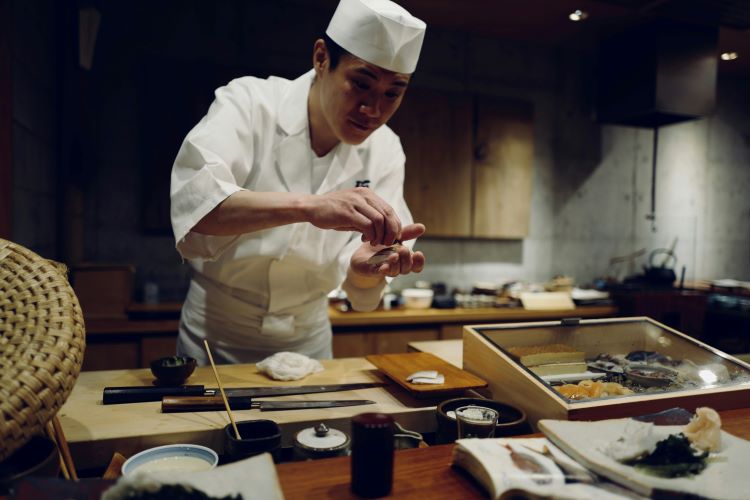 Photo by Thomas Marban on Unsplash
Photo by Thomas Marban on UnsplashA Word of Caution on Gluten Free International Dining
Despite the advantages, don't throw caution to the wind. Take the same precautions with international restaurant dining as you would with restaurant dining in general. Even traditionally gluten free foods could have unexpected sources of gluten or cross-contamination. Keep these points in mind:
- Always communicate your dietary restrictions clearly to your server or chef. Don’t be afraid to ask questions about how your food is prepared.
- Modern interpretations of traditional recipes may be "Americanized" . Sometimes wheat and other gluten-containing ingredients are introduced.
- Watch for soy sauce, chicken broth, barbecue sauce and tortillas. These can be high risk in a restaurant.
- Is there a language barrier? Consider a gluten free restaurant card in the appropriate language. It may help to avoid misunderstandings. If you're not sure your needs are understood, don't take a chance.
Are You Excited?
I hope this quest to find the best cuisine for gluten free has left you feeling reassured and a bit emboldened. You can indeed enjoy flavorful, satisfying, and diverse foods while staying safely gluten free. So, are you ready to embark on this exciting culinary adventure? Remember, the world is literally your oyster (which, by the way, is gluten-free)! Enjoy the exploration, the fun, the discovery that these cuisines offer you. Good health to you and bon appétit!
